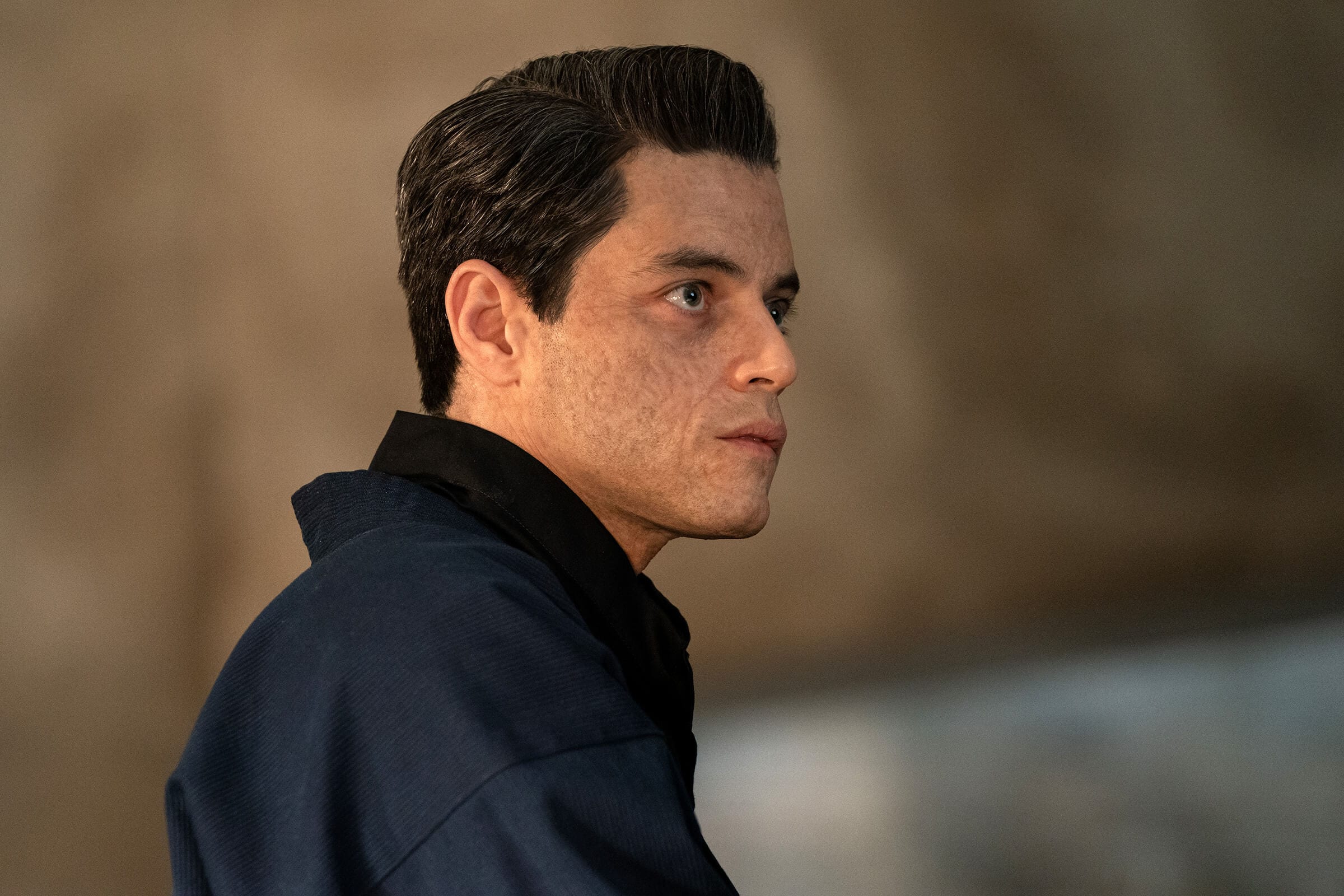

It's one of many moments that may seem insignificant when watching it the first time but have heavy import after watching the rest of No Time To Die.Īs the camera has now indicated it is deep underwater, a bullet-riddled car sinks slowly down as Eilish sings, "I’ve fallen for a lie." In a series of shots, the camera follows the car falling through murky depths through the center of a clock face with red numbers and no hands. Jeffrey Wright’s name appears as the camera drifts downward into depths and fades to black, foreshadowing how the boat Leiter is on will sink and kill him. The shield topples towards the camera and 'wipes,' everything fading to black and transitioning to the next scene. This 'cut to black' technique repeats throughout the credits sequence.


The shield's crosshatch pattern looks like a Union Jack, reminding the viewer that bloodshed is significant in terms of not only Bond’s personal history but the country he serves. Subsequent closeups on the soldier statue begin to show a growing white spread of what looks like ice crystals but also signify contagion multiplying the way Safin’s nanobots might.Īs the song lyrics announce, "the blood you bleed is just the blood you owe," the closeups begin blooming with red the first is blood spreading across the soldier’s cheek, the second spreads across the shield. A second trident also appears in frame, held by a statue of a soldier while a trident has many meanings and significances, it’s often a symbol of Poseidon or the sea, the water of which is significant not only in the frozen opener but the finale where Bond is surrounded by the sea on a small island. At first – fitting with the underwater location – the images are entirely blue. The woman’s silhouetted image grows smaller until the ice block is incorporated into the shape of a trident. The idea of being trapped is very much a theme in No Time To Die: whether it's trapped literally in a sinking ship or surrounded by enemy agents trapped metaphorically in the past by lovers and betrayals or both, in the case of Blofeld and Safin, who trap both Bond and Swann literally in rooms and on an island and psychically within memories and terror of losing loved ones. Next, kaleidoscoping abstract shapes resolve into a clear shape of a woman trapped in the ice, referencing the film's opening scene of a young Madeleine Swann. The colored dots that collect to obscure the train station reference the Bond franchise's first-ever opening credits, again looking to the film series' past before focusing on the present film. The sequences start as a train moves left to right, out of the station and into the future. The answer is "all of the above," and the credits sequence touches on them all as well.Ĭary Joji Fukunaga is a stylish, highly visual director, and this shows in the title sequence, designed by eight-time veteran Daniel Kleinman. The credits take all this and more and encapsulate it in a three and a half minute stunner of a sequence, exploring through word, music, and imagery what the film itself is about and many of the changes James Bond went through over the 15 years and five films he was embodied by Craig.īillie Eilish's Grammy-winning song lyrics were analyzed thoroughly even before the film premiered, with speculation on whether its blunt words foreshadowed betrayal, a reemergence of past lovers or villains, or perhaps a metaphorical or even literal death. The film also cheekily nods to the fervor around what the Bond casting and assignment mean and how any deviation from a specific 'type' is treated: Craig’s casting caused an uproar because he was blonde, and casting Lashana Lynch as a Black female 007, even as a sidekick, is certainly an intentional commentary. No Time To Die’s story considers this Bond’s legacy, how his past haunts him, and what he thinks about his line going forward through his lover and child as well as the next 007.

Looking back is fitting because No Time To Die is arguably the most retrospective of all Bond films, examining not only Craig’s influence on the franchise but the legacy of the character both within the franchise’s world and the real world.


 0 kommentar(er)
0 kommentar(er)
